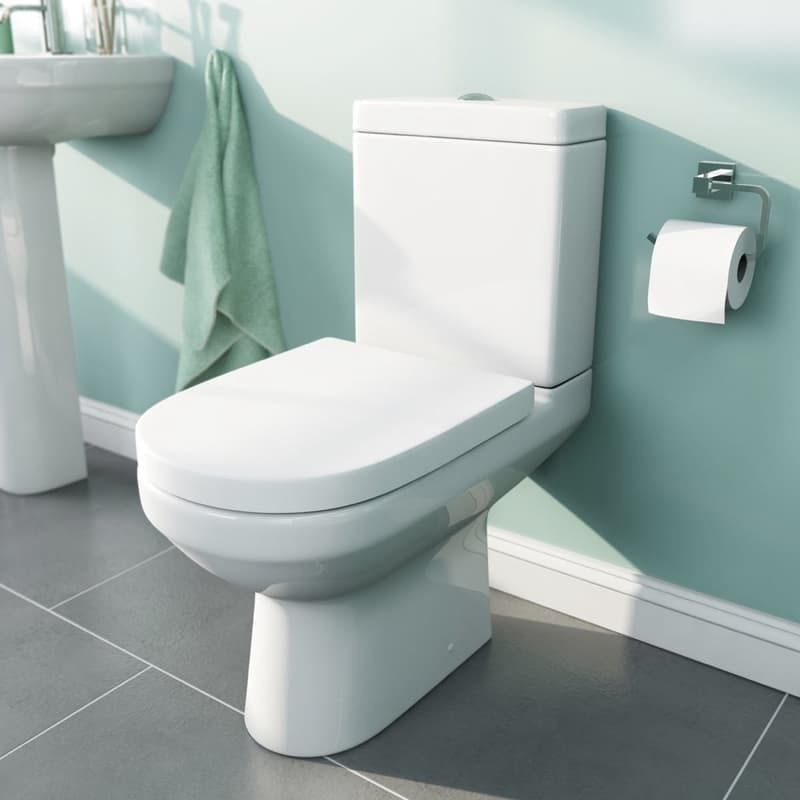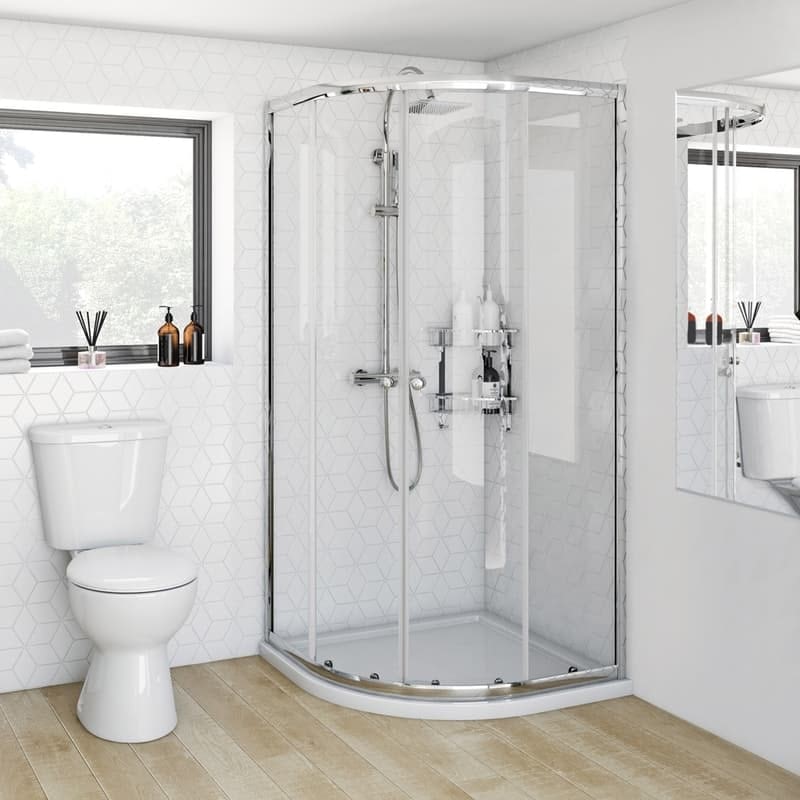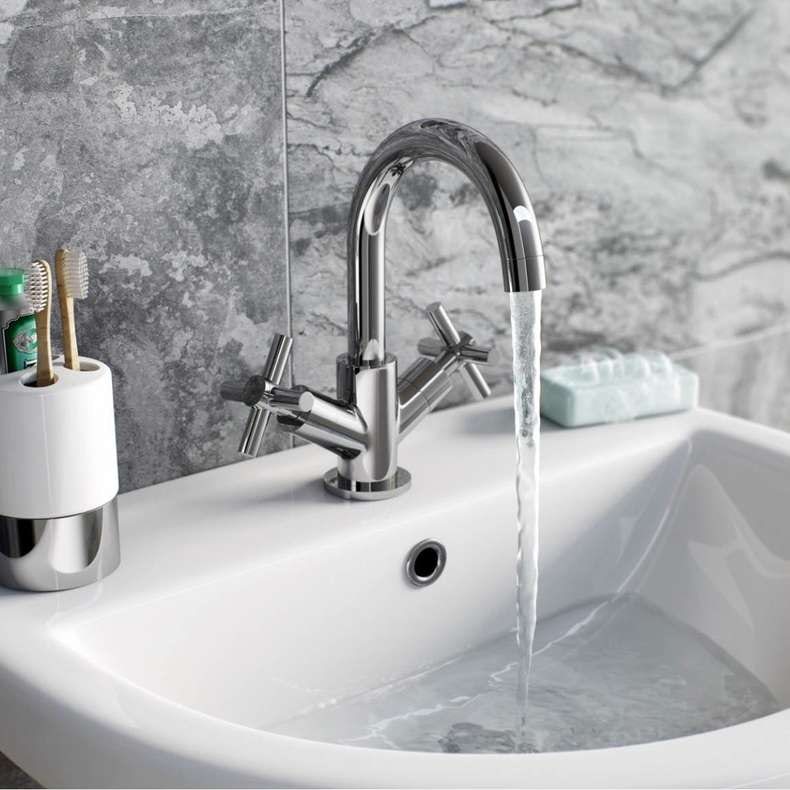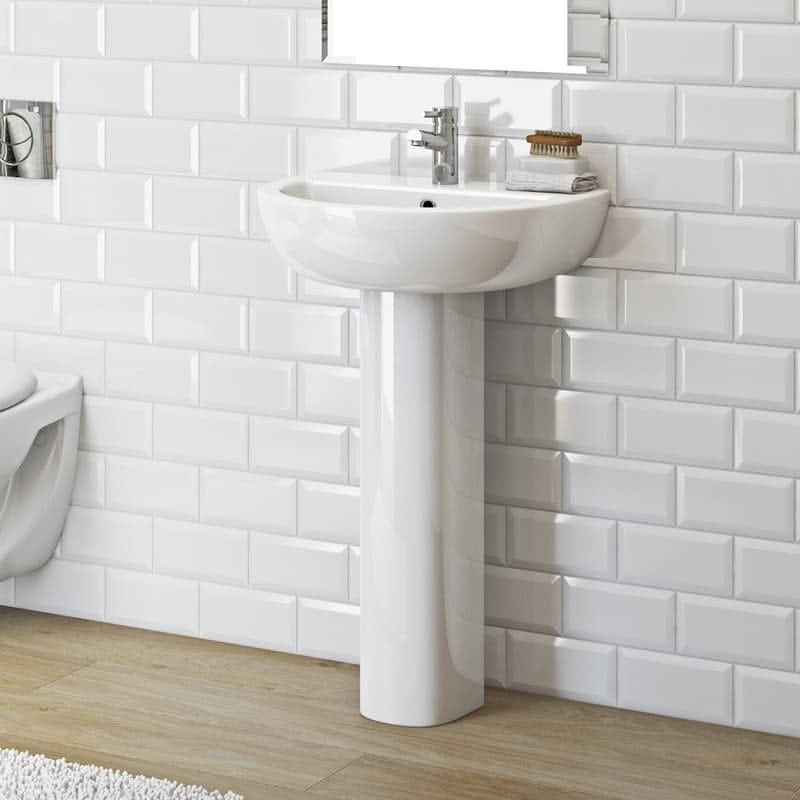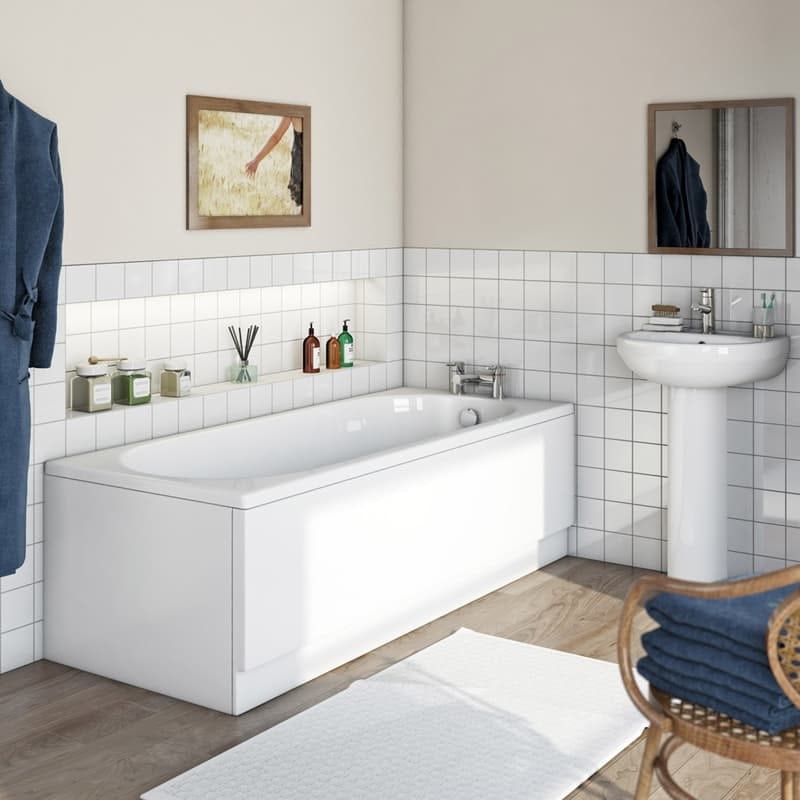Many people find buying a bathroom or adding products to an existing bathroom a complicated and puzzling experience. In this blog post, we’ll examine the most common complaints and show you what you can do to overcome these.
According to a recent report from Which? magazine, nearly half of people surveyed ran into problems when purchasing items for their bathroom.
When it comes to down to it, buying a bathroom is a little more complex than buying living room furniture or bedroom furniture. However, at VictoriaPlum.com, we aim to make life easy for you, with full dimensions, product specifications, high definition 360 degree images, plus plenty of bathroom ideas and advice.
Which? report findings
Which? asked nearly 4,000 members about their most recent bathroom refurbishments (within the last decade).
Out of all those who responded, 14% stated they had problems with their new toilet, 12% with a shower enclosure, 9% with taps, 6% with basins and finally just 4% said they’d had an issue with their bath. Whilst the "problems" aren't explained, many people run into trouble when they order the wrong item.
So, how can you ensure you order the right things at first time of asking? We’ll show you below.
How to order the right toilet
For many people, buying a toilet can be a little more complex than first thought, with a range of different models to choose from. The most common type is the close coupled toilet, followed by the back to wall toilet and wall hung toilet. If you’re looking for a more traditional design, you could potentially choose a high level or low level toilet, although these are less common. So, the first thing to consider is “Have I chosen the right type of toilet for my bathroom”?
One mistake people often make when buying a new toilet is not knowing which type of water inlet they require. You also need to check which direction your soil pipe will go from the toilet pan. It could be horizontal, vertical, left and right. Some toilets only allow for certain directions. A "fully shrouded" design (where there is no gap between the toilet and the wall) may not be right for your space, so check how your plumbing is set up.
In all these instances, it pays to involve a plumber from early on in the process, rather than waiting until you’ve bought the products. Remember not to schedule your installation until all your items have been purchased and checked.
To find out more about the different types of toilet available, please see our toilet buying guide.
Toilet buying checklist
- Have I picked the right type of toilet?
- Is the pan to soil pipe connection compatible with my soil pipe?
- Is the water inlet on the correct side for my plumbing?
- Is it the right size for my space?
- Does it come with a seat?
How to order the right shower enclosure
When buying a new shower enclosure or shower door, size is the key thing to consider. You need to carefully measure the space in which your enclosure will go—not just length and width but also height. Often, people look to fit a shower enclosure beneath a sloping ceiling, only to find they have misjudged the available headroom. If you're fitting tiles or wall panels, you'll also need to take these into consideration when measuring up.
Wall adjustment is another thing that can catch people out. Shower enclosure and shower door profiles, where the metal surround comes into contact with your walls, can be adjusted to allow for uneven walls. Just remember that the stated width is the maximum. For smaller spaces, the profiles can be adjusted. For example, if you're buying a shower door for a space 990mm in width, a 1000mm width door is the right choice.
Doors are also another major consideration. If choosing pivot or hinged doors, you need to ensure there is enough clearance space to open them fully. In tight spaces, sliding or bifold doors may be better.
In all these cases, it is best to speak with one of our experienced Customer Care Team members, who will be able to help. They are available until late on Live Chat or call 0344 804 48 48.
For more information on shower enclosures and doors, see our shower enclosure buying guide.
Shower enclosure buying checklist
- Is it the right size for my space? (Taking wall tiles or panels into account)
- Are my walls uneven? (How much adjustment will be required?)
- Have I chosen the right door type?
- Is my enclosure or door compatible with my shower tray?
- Have I picked the right style? (E.g. framed, frameless, walk in, etc.)
How to order the right taps
As with many bathroom products, there is a wide range of taps to choose from, so you'll need to ensure the one you buy is compatible with your bathroom.
If buying taps for your basin, first check how many tap holes it has. A single tap hole will require a basin mixer tap; 2 tap holes will require basin pillar taps, whilst 3 tap holes will need a specialist 3 tap hole tap. If you're buying a countertop basin, a high rise basin mixer tap or wall mounted taps will usually be more suitable.
If you're purchasing taps for your bath, make sure you check what type of taps are compatible. Most acrylic baths can be used with bath pillar taps or bath mixer taps, which can be deck mounted. However, if you are buying a steel bath, they may come with pre-drilled tap holes for use with pillar taps only. If you're purchasing a freestanding bath, check which taps are compatible. Some come with space for deck mounted taps but others are only suitable for use with a freestanding bath tap.
Most taps come with a minimum and maximum water pressure requirement. Find out more about water pressure and see our comprehensive tap buying guide for more information.
Tap buying checklist
- Have I picked the right type? (Basin or bath. Mixer or pillar taps)
- Does it fit my basin or bath? (E.g. mixer tap for single tap hole, freestanding tap for certain freestanding baths)
- Are there any space considerations? (E.g. the spout of a regular basin mixer tap may not fit over the rim of a countertop basin)
- Is it suitable for your water pressure?
- Is it the right style? (Contemporary or traditional)
How to order the right basin
The first thing to consider is what type of basin you need. Pedestal basins are most common but you may want a semi pedestal or wall hung design instead. If this is the case, make sure your wall can support the basin you choose (it's best to consult a relevant professional tradesperson). Remember, a pedestal basin can only be used at a set height, whereas a wall hung or semi pedestal basin can be adjusted.
Ensure you make the right choice for your plumbing layout. Pipes coming from the floor are best concealed by a full pedestal or vanity unit, whilst a semi pedestal or wall hung basin are better options for pipes that come out of the wall, plus you may want to add a decorative bottle trap to your wall hung basin.
Size is important too. If you're refurbishing a family bathroom, you will most likely require a nice large basin, however smaller basin will make better use of space in a cloakroom. Don’t forget the projection (how far it sticks out), as well as height and width, when measuring up.
See our basin buying guide for more details.
Basin buying checklist
- Have I picked the right type of basin? (Pedestal, semi pedestal, wall hung, countertop, etc.)
- Will my wall support this type of basin?
- Is it the right size for my space?
- Is it compatible with any taps/waste I've already bought?
- Is it the right style? (Contemporary or traditional)
How to order the right bath
Size is the main thing to think about when buying a bath. There is a standard bath size, yet your space may be slightly bigger or smaller. Don’t forget to add panels and ensure they are fitted properly. Also, you'll need to adjust legs to allow for uneven floors and make sure you correctly apply sealant.
To discover which bath is right for your bathroom, check out our bath buying guide.
Bath buying checklist
- Have I picked the right type of bath? (Straight, single or double ended, shower bath, freestanding, etc.)
- Does it fit in my space? (Check length, width and height)
- Have I selected the right material? (Acrylic, steel, etc.)
- Is it the right style for my bathroom? (Contemporary or traditional)
- Does it match my plumbing layout? (Ensure waste is in a suitable position)
More advice on buying your bathroom
To see all the things you’ll need to consider, check out our comprehensive online bathroom buying guide and also find out how to avoid common bathroom planning mistakes.

